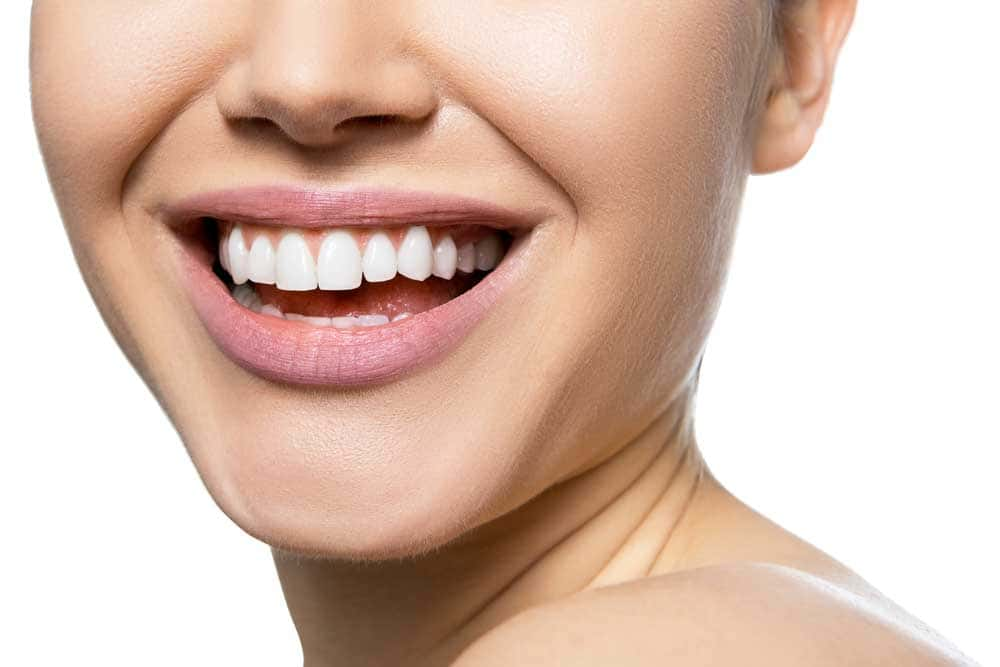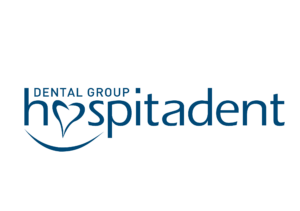What You Didn’t Know About Tooth Polish
Salih ÖNDER2022-09-05T22:17:25+03:00Tooth cleaning consists of 2 stages: tartar cleaning and tooth polish (polishing). Tooth cleaning is the process of removing plaque (food wastes with bacteria accumulated in it) and tartar that has accumulated on the teeth over time, done by the dentist without damaging the teeth and gums.
How Is Polishing (Tooth Polish) Made?
Tooth polishing, called polishing, is done after the tartar is completely cleaned from the teeth. This 15-20 minute process, which the dentist does by passing over the teeth one by one with the help of an electric brush, is called tooth polish. In this process, it is aimed to remove plaque, stain and food residues from the mouth and teeth that form coloration and adhere to the teeth from the outside with the help of a special polish paste with a brush similar to a toothbrush.
There are other types of polishes used in dentistry. These are the polishing process of prostheses and fillings placed in the mouth. In prosthesis productions, the prosthesis made first must be polished by the technician and then applied to the patient.
The Effect of Tooth Polish on Bad Breath
In addition, since the plaque accumulation will be less after the polishing procedures, bad breath will be prevented, and if the patient has a bad breath problem, it will be minimized.
Fillings should be polished after 24 hours if the filling is amalgam, and immediately if it is a composite, i.e. beamed white filling. This tooth polishing process in the mouth is done with special polishing rubbers. No pain is felt.
The purpose of all these dental polishing procedures is to ensure that the teeth do not disturb the patient by coming to the tongue surface smoothly, and that food residues do not accumulate on the surface of the teeth and cause caries, calculus or gingival discomfort.
Tooth brushing means that the patient polishes their own teeth. For the same purpose, it is very important for oral and dental health to clean the surfaces of the patient’s teeth with circular movements and to repeat this process regularly, passing through each region 10 times, twice a day, in the morning and evening.
Mecidiyekoy Hospitadent
Chief Physician Dt. Yigit Emrah KURT

